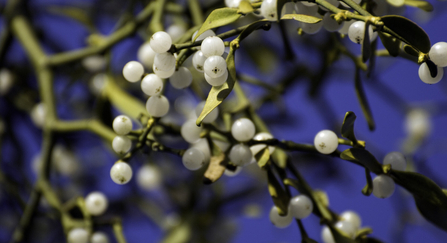The Derbyshire Biological Records Centre (DRBC), hosted by Derbyshire Wildlife Trust, works closely with County Recorders, local natural history groups and individuals to collate and combine data on protected species, species of conservation importance, designated sites and UK Biodiversity Action Plan priority habitat types.
DBRC datasets are continually updated with around 25,000 records received each year. The 2,416,982 species records currently stored are accessible to other recorders, scientists, researchers and both local and national decision makers to support their conservation efforts.
The data has been collated to be used and shared in making data-driven decisions, developing informed conservation plans and monitoring changes in habitats that could lead to new insights and discoveries.

